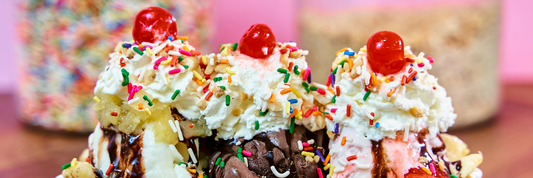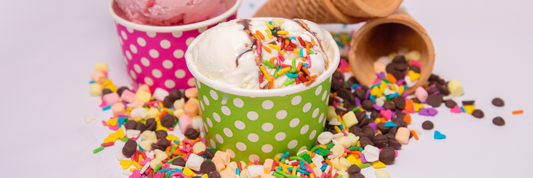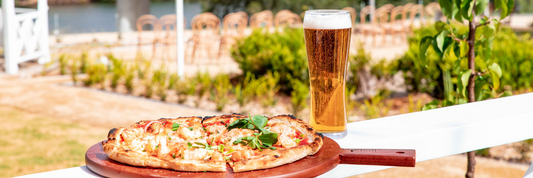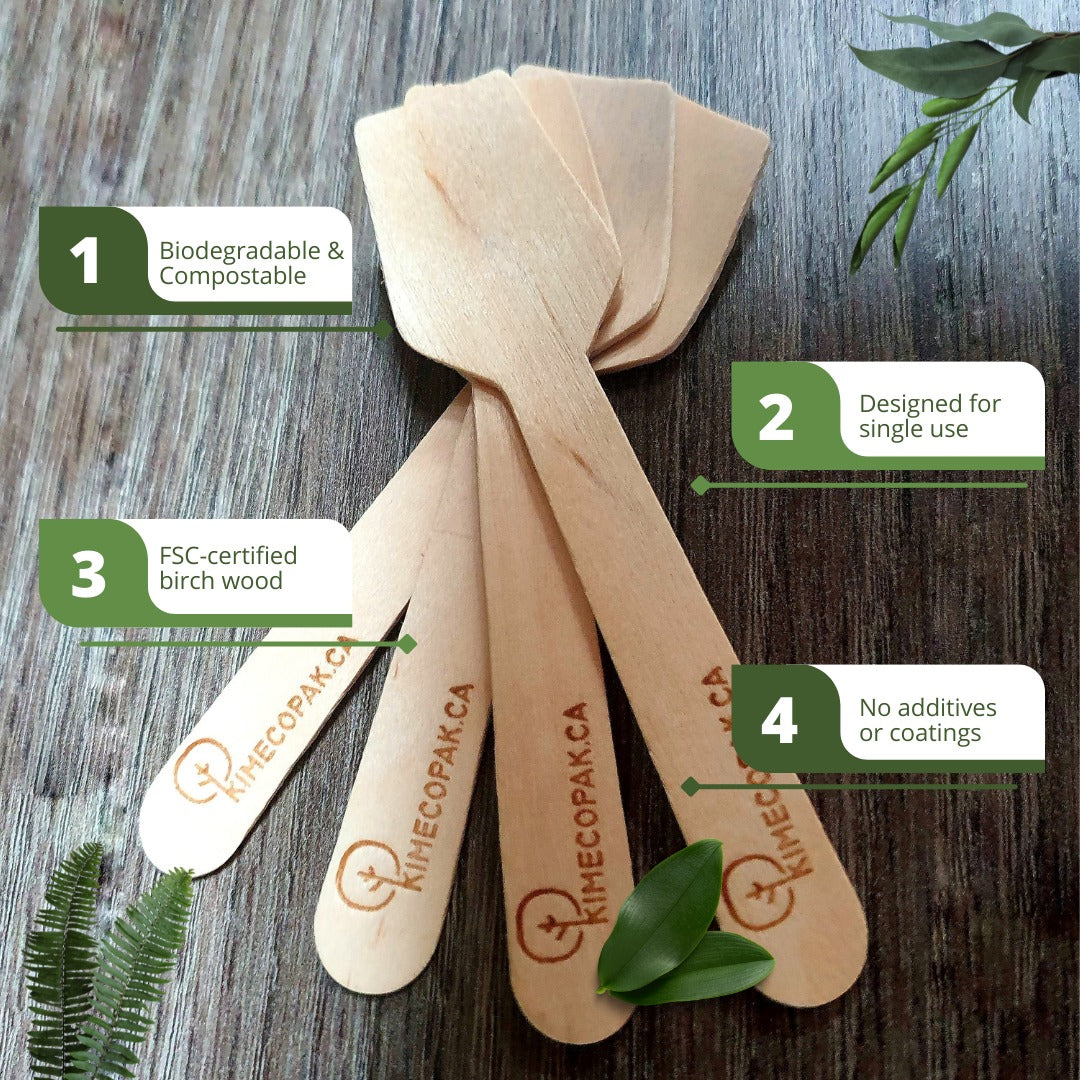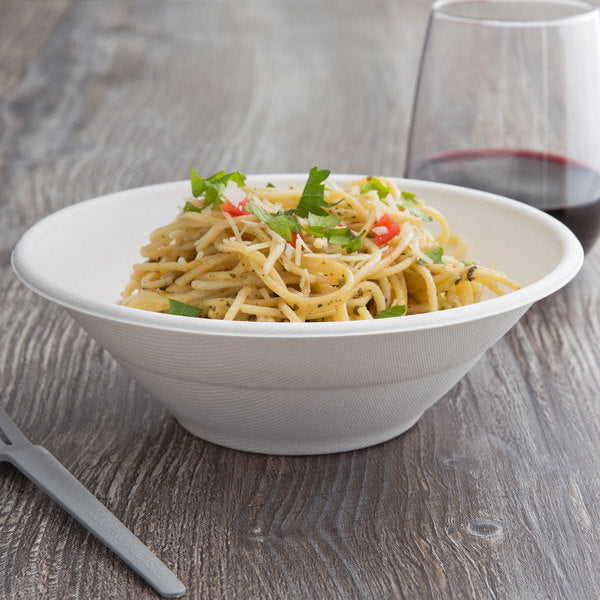Bread and Butter Pickles are a classic sweet and tangy pickled cucumber recipe that has been cherished for generations. These pickles are easy to make and perfect for adding a crunchy, flavorful twist to sandwiches, burgers, or simply enjoying as a snack. In this comprehensive guide, we’ll walk you through everything you need to know about making, storing, and customizing Bread and Butter Pickles at home.
What Exactly Are Bread and Butter Pickles?
Bread and butter pickles are a beloved type of sweet pickle that combines the crunchy texture of cucumbers with a distinctively sweet and tangy flavor. They are typically made using small pickling cucumbers and are perfect for sandwiches, burgers, or enjoyed straight from the jar. Their unique blend of ingredients and perfectly balanced flavors makes them a staple in many households.
Defining the Flavor Profile
The flavor profile of bread and butter pickles is what truly sets them apart. The sweet and tangy taste creates a refreshing contrast that appeals to many palates.
- Sweet and Tangy Taste Explained: The balance of sweetness and acidity is key. The sweetness comes from sugar, which blends seamlessly with the tanginess of vinegar and the slight spice of the seasonings used.
- The Role of Sugar and Vinegar: Sugar serves to soften the sharpness of the vinegar, making the final product appealing both to those who enjoy sweeter tastes and to those who prefer a bit of tang. The combination of white vinegar and sometimes apple cider vinegar adds depth, creating layers of flavor that make each bite enjoyable.
Key Ingredients That Make Them Unique
Several key ingredients contribute to the delightful characteristics of bread and butter pickles.
- Pickling Cucumbers: These are small, firm cucumbers ideal for pickling due to their crunchiness. They maintain their texture and consistency through the pickling process, ensuring a satisfying bite.
- Vinegar (White and/or Apple Cider): The aåcidity of vinegar is crucial in the pickling process. While white vinegar is commonly used for its neutral flavor, apple cider vinegar adds a hint of fruitiness that enhances the overall taste.
- Sugar (Granulated and/or Brown): The sweetness can be achieved with either granulated sugar or brown sugar, each imparting its distinct flavor profile. Brown sugar provides a slight molasses flavor, adding more complexity to the pickles.
- Spices: Mustard Seed, Celery Seed, Turmeric: These spices introduce additional flavor notes that elevate the pickles. Mustard seeds provide heat and crunch, while celery seeds deliver an aromatic touch. Turmeric not only adds a beautiful yellow hue but also a mild earthy flavor.
- Onions: Sliced onions can be added for an additional layer of flavor, contributing both crispness and a bit of sharpness that complements the cucumbers beautifully.

A Brief History: Where Did the Name Come From?
Bread and butter pickles have a history that is closely tied to resourcefulness and home preservation.
The Great Depression Connection
The name "bread and butter pickles" is thought to have originated during the Great Depression. In tough economic times, people found ways to make the most of what they had.
This connection to the era illustrates how household cooks would create delicious pickles, not just for their enjoyment but also as a means of trade. Pickles became a valuable commodity, exchanged for daily necessities like bread and butter. This tradition reflects the spirit of community, survival, and a love for homemade goods that continues today.
Making Your Own Delicious Bread and Butter Pickles
Essential Equipment for Pickling
To embark on your pickling journey, it's important to have the right equipment at your disposal. Here’s a breakdown of the essential tools you'll need:
- Jars, lids, and rings (for canning): Choose pint-sized or quart-sized jars, ensuring they are clean and free from cracks. Lids should be new for the best seal, while rings can be reused as long as they are not damaged.
- Large pot (for canning): A heavy-bottomed pot is indispensable, as it helps maintain heat, essential for the canning process, and accommodates multiple jars at once.
- Bowls, knives, cutting boards: A sturdy cutting board and a sharp knife will help you prepare your cucumbers and other vegetables efficiently. Large bowls are necessary for mixing ingredients and soaking the vegetables.
Classic Canned Bread and Butter Pickle Recipe
Making canned bread and butter pickles at home is remarkably rewarding. Here's a detailed step-by-step guide:

Ingredients
- 4 cups of sliced cucumbers (preferably small pickling cucumbers)
- 1 cup of sliced onions
- 1 ½ cups of apple cider vinegar
- 1 ½ cups of granulated sugar
- 1 tablespoon of mustard seeds
- 1 teaspoon of turmeric
- ½ teaspoon of celery seeds
- 1 teaspoon of salt
Preparation Steps
- Prepare the cucumbers and onions: In a large bowl, combine the sliced cucumbers and onions. Sprinkle with salt and let them sit for about an hour. This process draws out excess moisture.
- Make the brine: In a large pot, combine the vinegar, sugar, mustard seeds, turmeric, celery seeds, and salt. Bring the mixture to a boil over medium heat, stirring until the sugar dissolves.
- Pack the jars: After soaking, rinse the cucumbers and onions under cold water and pack them tightly into sterilized jars.
- Add brine: Pour the hot brine over the vegetables in the jars, leaving about half an inch of headspace. Use a clean knife or skewer to remove air bubbles.
- Seal and process: Wipe the rims of the jars with a clean cloth, place lids on top, and screw on the rings. Process the jars in a boiling water bath for about 10-15 minutes.
- Cool and store: Once processed, let the jars cool completely at room temperature. Check the seals after 24 hours — if the center of the lid depresses when pressed, the jar is sealed! Store in a cool, dark place.
Tips for Successful Canning
- Ensure clean, sanitized jars and lids to prevent spoilage.
- Double-check your measurements, particularly for the brine ingredients, as they are crucial for safety during the canning process.
Quick and Easy Refrigerator Bread and Butter Pickles
If you prefer a simpler approach to enjoying the sweet tang of bread and butter pickles without the commitment of canning, refrigerator pickles are an excellent alternative. Here’s how:

Ingredients
- 4 cups of sliced cucumbers
- 1 cup of sliced onions
- 1 cup of apple cider vinegar
- 1 cup of sugar
- 1 tablespoon of mustard seeds
- ½ teaspoon of turmeric
- ½ teaspoon of salt
Preparation Steps
- Combine ingredients: In a large bowl, mix together sliced cucumbers and onions.
- Prepare the brine: In a separate bowl, whisk together the vinegar, sugar, mustard seeds, turmeric, and salt until well combined.
- Mix everything together: Pour the brine over the cucumbers and onions, ensuring they are fully submerged.
- Refrigerate: Transfer the mixture to a clean jar, seal it, and place it in the fridge. They will be ready to eat in about 24 hours and can last up to two months.
This method is particularly ideal for beginners or for those who want fresh pickles without the hassle of canning.
Ingredient Variations and Flavor Enhancements
There is much room for creativity when making bread and butter pickles. Consider these variations and enhancements:
- Adding bell peppers or other vegetables: Incorporating sliced bell peppers adds a lovely color and crunch. You can also experiment with carrots or cauliflower for added texture and flavor.
- Exploring different spice combinations: Different spices like cloves, coriander, or red pepper flakes can be added for a unique twist. This personalizes your pickles while introducing new flavors.
- Adjusting sweetness levels: If you prefer a less sweet pickle, reduce the sugar quantity. Conversely, if you enjoy sweeter pickles, feel free to add a little more sugar to the brine.
Bread and Butter Pickles vs. Other Pickles
Understanding the differences between bread and butter pickles and other types of pickles can enhance your culinary experience.
Key Differences from Dill Pickles
- Sweetness vs. savory flavor: The most notable distinction is the sweetness of bread and butter pickles, stemming from the significant sugar content, contrasted with the savory, tangy profile of dill pickles.
- Distinguishing spices: Bread and butter pickles often feature turmeric and mustard seeds, while dill pickles rely on dill weed and garlic, creating distinctly different flavor profiles.
Comparing to Sweet Pickle Relish
- Texture and primary uses: Bread and butter pickles typically have a firmer texture due to larger slices, while sweet pickle relish is finely chopped. This difference makes them suitable for various applications; bread and butter pickles shine on sandwiches and in salads, whereas relish is often used as a condiment.
Delicious Ways to Enjoy Bread and Butter Pickles
Bread and butter pickles are not only a delightful snack on their own but also enhance a variety of dishes.
Classic Pairings
- On sandwiches and burgers: The sweet and tangy flavor complements meats wonderfully, making the pickles a favorite addition to sandwiches and burgers.
- With cheese and crackers: Pairing bread and butter pickles with a cheese platter elevates the flavors, providing a perfect contrast to creamy cheeses.
Creative Culinary Uses
- In potato salad or tuna salad: Chopped bread and butter pickles can add a flavorful crunch to classic potato or tuna salads, enhancing their taste and texture.
- As part of a charcuterie board: Their vibrant color and unique sweetness make them an attractive addition to charcuterie boards, balancing the savory flavors of meats and cheeses.
- Chopped as a topping for tacos or hot dogs: Their sweet and tangy notes provide a refreshing contrast to savory taco fillings or hot dogs, making them an unexpected yet delightful topping.
The Unique Appeal of Bread and Butter Pickles
The Perfect Balance of Sweet and Tangy
Bread and butter pickles stand out due to their delightful sweet and tangy flavor profile. This unique combination is not only refreshing but also complements a wide range of dishes. The sweetness of the sugar, carefully balanced with vinegar's acidity, creates a taste that tantalizes the palate. This balance is particularly appealing in contrast with savory foods like sandwiches or burgers. The pickles can elevate a simple meal to something extraordinary, making them a beloved addition at barbecues, picnics, and family gatherings.
Moreover, this flavor profile has a broad appeal across generations. Many people associate bread and butter pickles with nostalgic moments, such as summer family cookouts or grandma’s secret recipe. This emotional connection also contributes to their popularity, as food often serves as a bridge to cherished memories.
The Distinctive Yellow Hue from Turmeric
One of the most striking aspects of bread and butter pickles is their vibrant yellow hue, a result of adding turmeric to the pickling process. This color not only appeals visually, making the pickles enticing on any plate, but turmeric also imparts a subtle earthiness that enhances the overall flavor.
The eye-catching appearance of these pickles makes them a conversation starter at meals. Think of a bright platter of sandwiches accompanied by jars of sweet, golden pickles — it’s an inviting sight. Turmeric is not just a coloring agent; it brings a unique flavor note that pairs perfectly with the sweetness and tanginess of the brine.
The Signature Spices: Mustard and Celery Seed
The spice blend in bread and butter pickles is fundamental to their distinct character. Mustard seeds offer a subtle heat and a complex flavor that balances the sweetness. Meanwhile, celery seed introduces an aromatic, slightly bitter note that complements the overall taste. This combination not only flavors the pickles but also enhances their sensory profile, adding aromatic dimensions to their presence.
These spices are what turn an ordinary cucumber into something extraordinary. The method of layering flavors is essential, as the spices work together to create that unforgettable taste that keeps people coming back for more. It’s not just a pickle; it's an experience that engages more than just the taste buds.
Frequently Asked Questions (FAQ)
Q1: How long do homemade bread and butter pickles last?
Homemade bread and butter pickles can last up to two months when stored properly in the refrigerator. If you choose to can them using proper methods, they can last up to a year in a cool, dark place.
Q2: Do I need to can bread and butter pickles, or can I just refrigerate them?
You have the option to either can them for long-term storage or simply refrigerate them. The refrigerator method preserves their fresh flavor and texture without the need for extensive canning processes.
Q3: Can I adjust the amount of sugar in the recipe?
Yes, you can adjust the sugar according to your taste preferences. If you prefer a less sweet pickle, try reducing the sugar incrementally until you achieve the desired flavor while still maintaining the necessary balance.
Q4: What kind of cucumbers are best for making bread and butter pickles?
Pickling cucumbers, often referred to as "Kirby" cucumbers, are ideal for bread and butter pickles. They have a firm texture that holds up well during the pickling process and ensures a satisfying crunch.



